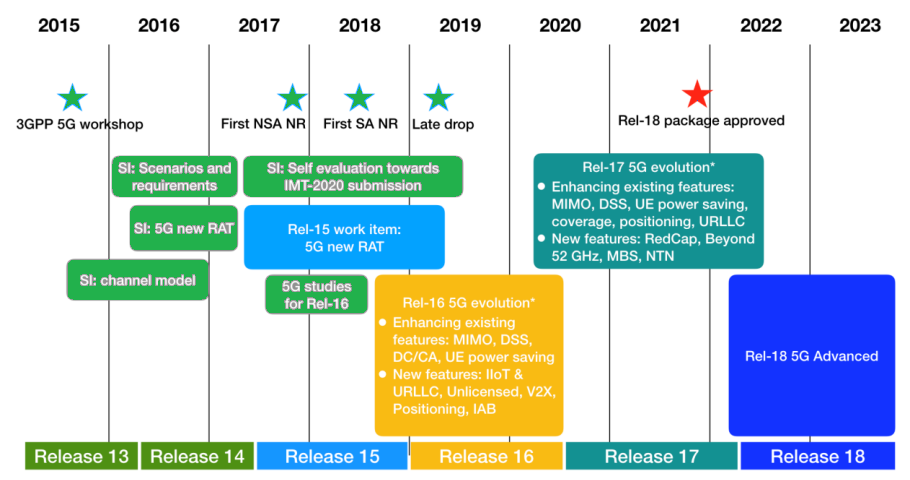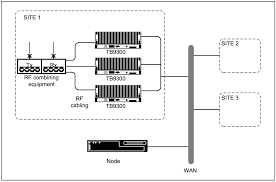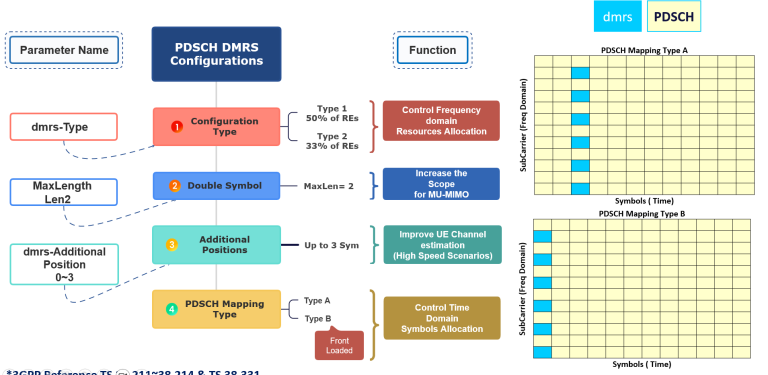Open RAN in 5G Networks: Benefits, Challenges, and Future Directions
telcomatraining.com – As 5G technology rapidly expands across the globe, mobile network operators are seeking flexible, cost-effective solutions to deploy and manage these next-generation networks. One innovation gaining significant momentum is Open Radio Access Network (Open RAN). This architectural approach enables greater openness, interoperability, and vendor diversity, revolutionizing traditional telecom infrastructure. In this article, we’ll explore the benefits, challenges, and future directions of Open RAN in the context of 5G networks.
What Is Open RAN?
Open RAN is a new approach to building and deploying radio access networks. Traditionally, RAN systems have been closed, with hardware and software tightly integrated by a single vendor. Open RAN, by contrast, disaggregates hardware and software components and enables operators to mix and match components from different vendors. This is made possible by using open and standardized interfaces, allowing for greater flexibility and innovation.
Benefits of Open RAN in 5G Networks
1. Vendor Diversity and Cost Reduction
One of the primary advantages of Open RAN is the ability to avoid vendor lock-in. Network operators are no longer limited to a single vendor’s end-to-end solutions. Instead, they can source components from various suppliers, fostering competition and lowering costs. This is particularly beneficial for smaller and emerging operators that may lack the budget to invest in traditional, proprietary 5G infrastructure.
2. Innovation and Faster Upgrades
Open RAN encourages innovation by opening the door to new vendors, including startups and software-focused companies. This dynamic environment enables faster development of new features and quicker deployment of network upgrades, ultimately enhancing user experiences and enabling more agile responses to changing market demands.
3. Scalability and Flexibility
By decoupling hardware and software, Open RAN provides operators with the flexibility to scale networks according to specific needs. Whether deploying in urban centers or rural areas, Open RAN allows for tailored solutions without being constrained by a one-size-fits-all vendor approach.
Challenges of Implementing Open RAN
Despite its promise, Open RAN adoption faces several technical and operational hurdles.
1. Integration Complexity
Integrating components from multiple vendors requires careful coordination and testing. Ensuring compatibility and performance consistency across heterogeneous systems can be resource-intensive and time-consuming, particularly in large-scale networks.
2. Security Risks
Open interfaces and multi-vendor environments may introduce new security vulnerabilities. Ensuring robust cybersecurity across all layers of the Open RAN architecture is critical to protect networks from emerging threats.
3. Performance Optimization
Traditional RAN systems benefit from tight integration, which allows for performance tuning at every layer. With Open RAN, achieving similar performance levels can be more challenging due to the separation of components and potential lack of end-to-end optimization.
Future Directions of Open RAN in 5G
As the ecosystem matures, Open RAN is expected to play an increasingly central role in global 5G deployments. Here are some key trends and directions:
1. AI and Automation
Artificial intelligence (AI) and machine learning (ML) will be crucial in managing the complexity of Open RAN systems. Automated optimization, fault detection, and traffic management can help maintain high performance while reducing operational costs.
2. Global Collaborations and Standards
Industry alliances such as the O-RAN Alliance and TIP (Telecom Infra Project) are working toward standardizing Open RAN components and interfaces. These efforts aim to streamline development and ensure interoperability across diverse vendor solutions.
3. Expansion into 6G and Beyond
While Open RAN is currently focused on 5G, its principles of openness and flexibility are expected to influence the development of 6G networks. Future wireless technologies will likely build upon the Open RAN foundation, pushing innovation even further.
Conclusion
Open RAN represents a transformative shift in how mobile networks are built and operated. By promoting openness, interoperability, and vendor diversity, it offers significant benefits for the deployment and evolution of 5G networks. However, challenges such as integration complexity and security risks must be addressed. As the industry moves forward, Open RAN is poised to become a cornerstone of next-generation wireless infrastructure, shaping the future of global connectivity.







